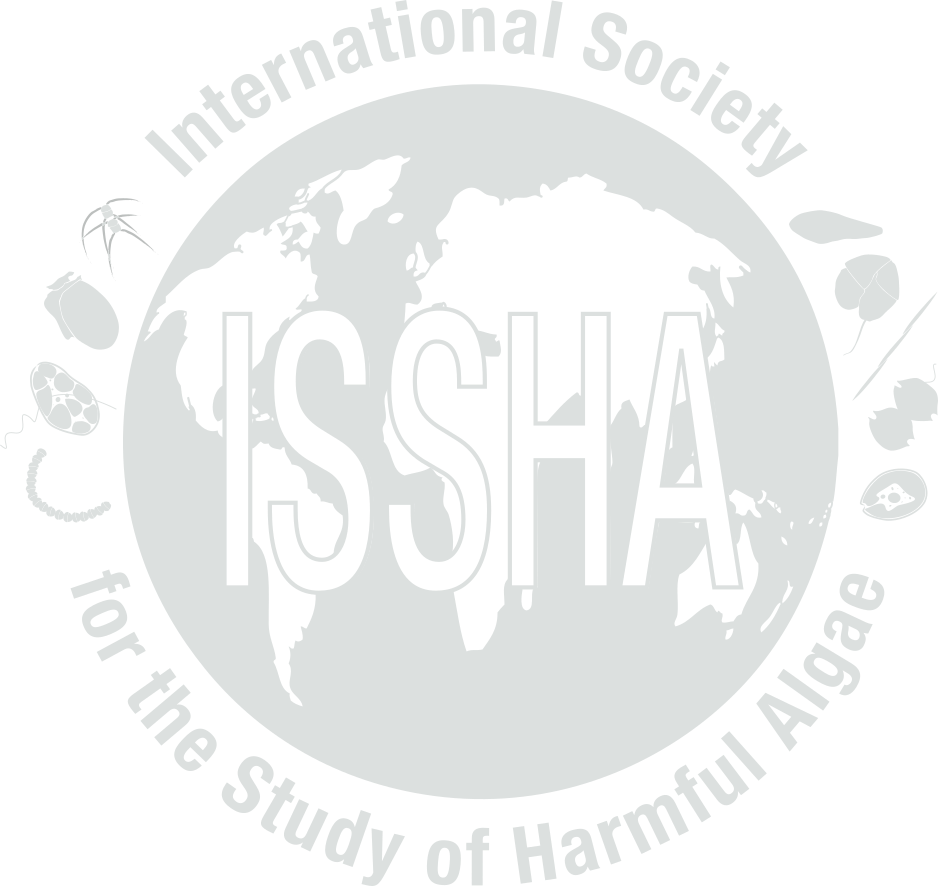


| Event name: | PHL-10-001 | |
| Country: | PHILIPPINES | |
|
Nature of the harmful event: |
Seafood toxins | |
|
Event directly affected: |
Humans | |
| Toxicity detected: | Yes | |
| Associated syndrome: | CFP (Ciguatera Fish Poisoning) | |
| Unexplained toxicity: | ||
| Species implicated in toxin transmission (transvector): | red snapper | |
| Report the outcome of a monitoring programme: | Yes | |
| Event occurred before in this location: | ||
| Individuals to contact: | AZANZA, Rhodora , YNIGUEZ, Aletta | |
| Location: | Latitude: , Longitude: | |
| General location information: |
Mina, Iloilo, HAB Area code(s): PHL-7 |
|
| Additional location information: | ||
| Bloom event dates (yyyy/mm/dd): |
Event Date:2010-06-01 |
|
| Quarantine levels dates (yyyy/mm/dd): | ||
| Additional date-related information: | June 2010 - no specific date | |
| Causative organism known: | No | |
| Causative Species/Genus: | ||
| Co-Ocurring Species/Genus: | ||
| Chlorophyll concentration, if known: | µg/l | |
| Additional bloom information: | ||
| Event-related bibliography: | Mendoza, C. O., A. C. Rabanes, E. C. Jimenez, R. V. Azanza, J. Cortez-Akhunzadah, and L. J. Cruz. 2010. Detection of ciguatera fish poisoning in the Philippines. Journal of Environmental Science and Management 1-2013:50-55 | |
|
||||||||||||||||||||||||||
| Nutrient information: | ||||||||||||||||||||||||||
| Temperature Range During Event: | Max: °C, Min: °C | |||||||||||||||||||||||||
| Salinity Range During Event: | ||||||||||||||||||||||||||
| Bloom location in the water column: | ||||||||||||||||||||||||||
| Growth: | ||||||||||||||||||||||||||
| Growth Comments | ||||||||||||||||||||||||||
| Additional Environmental information: | ||||||||||||||||||||||||||
|
||||||||||||
| Kit used: | Type of kit used: | |||||||||||
| Additional information: | Used Mass spectrometer in this paper; also tested separately by the Bureau of Fisheries and Agriculture by Cigua-Check | |||||||||||
| Economic losses: | ||||||||||||
| Management decision: | ||||||||||||
| Additional harmful effect information: | 22 people with CFP | |||||||||||
